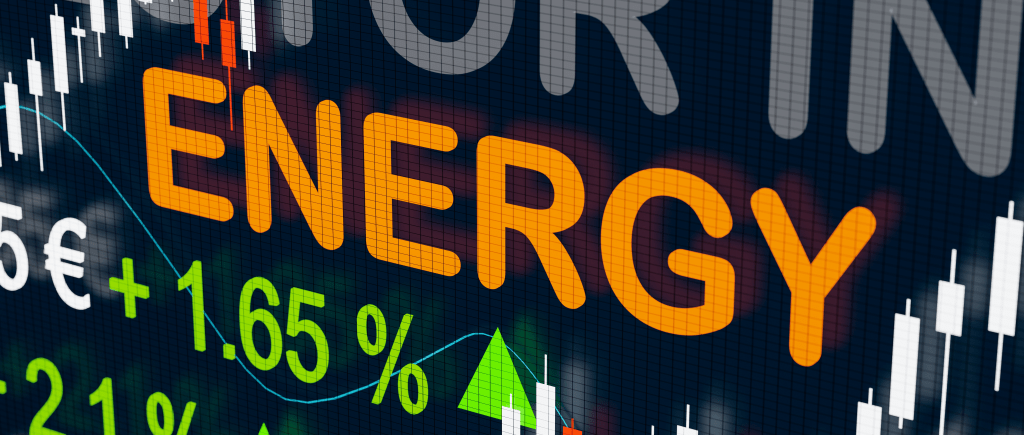Oil prices advanced on Monday, extending last week’s strong gains as signs of progress in U.S.–China trade talks and fresh sanctions on Russian energy firms helped ease concerns about slowing global demand.
By 06:29 GMT, Brent crude futures climbed 0.71% to $66.41 per barrel, while U.S. West Texas Intermediate (WTI) gained 0.72% to $61.94 per barrel. Both benchmarks had already surged nearly 9% and 8%, respectively, the previous week after the U.S. and European Union imposed new restrictions on Russia’s Rosneft and Lukoil.
Trade Framework Boosts Risk Appetite
Market sentiment improved after economic officials from Washington and Beijing outlined a trade-deal framework over the weekend that could avert additional tariffs and pause China’s export curbs on rare earth materials.
U.S. Treasury Secretary Scott Bessent confirmed that the plan would avoid 100% tariffs on Chinese goods while deferring Beijing’s rare-earth export restrictions — a key factor that had weighed on industrial and energy market outlooks.
President Donald Trump echoed optimism, stating on Sunday that he expected to finalize agreements with China soon, with meetings scheduled both in Beijing and Washington.
The prospect of a truce between the world’s two largest economies — and their top oil consumers — provided relief to markets that had feared prolonged trade hostilities could derail global growth and depress oil demand.
Russian Sanctions Add Supply Risk
New sanctions targeting Rosneft and Lukoil, two of Russia’s largest oil producers, added upward pressure to prices by raising uncertainty over global supply flows.
Analysts said that while Russia could attempt to circumvent restrictions by offering discounts or deploying shadow fleets, such efforts may not fully offset lost export volumes.
IG Markets analyst Tony Sycamore noted that the trade-deal framework helps allay fears that Russia might aggressively undercut prices to maintain its market share, stabilizing the global oil outlook in the near term.
However, Haitong Securities analyst Yang An warned that if the sanctions prove less effective than anticipated, concerns over oversupply could quickly return, particularly as OPEC+ continues to ease production caps heading into 2026.
Outlook: Balancing Optimism and Supply Risk
For now, traders appear focused on the positive demand implications of easing U.S.–China tensions, coupled with the potential supply constraints stemming from sanctions on Moscow.
Still, analysts caution that oil’s rally could be fragile, as OPEC+ output increases, and questions linger over Russia’s ability to redirect exports through informal channels.
With both macro optimism and geopolitical risk in play, the oil market’s short-term direction will likely hinge on the finalization of the U.S.–China trade deal and the implementation strength of sanctions in the coming weeks.
 Noor Trends News, Technical Analysis, Educational Tools and Recommendations
Noor Trends News, Technical Analysis, Educational Tools and Recommendations





